Restrung; a netted beadwork panel of annular and tubular glazed composition beads in blues, greens, black, cream and red-brown colours, depicting a mummy face mask with false beard, a scarab with extended wings below, the 'Four Sons of Horus’ beneath the scarab, joined together with areas of open netting of tubular beads. 67 grams, 24 cm high
Acquired 1990s.
Ex Mariaud des Serres, Paris, France.
See Manley, B. and Dodson, A., Life Everlasting. National Museums Scotland Collection of Ancient Egyptian Coffins, Edinburgh, 2010, p.114, no. 43, for an example with similar elements.
The 'Four Sons of Horus' protected the internal organs of the deceased. Depicted from left to right: the falcon-headed Qebhesenuef protected the intestines; human-headed Imsety, the liver; baboon-headed Hapi, the lungs; jackal-headed Duamutef, the stomach.
With simple detailing; hieroglyphs to base reading 'praised by every god of the two lands'; drilled for suspension. 1.41 grams, 13 mm
Ex London, UK, collection, 1980s.
Depicting a figural scene showing seated Isis with Horus; bevelled edge; repaired. 1.9 grams, 24 mmFine condition, repaired.
Acquired in the 1990s.
Private German collection.
Ex private Belgian collection.
From the collection of G.M.R.H.
Comprising a series of nude female figures on red background, probably maenads or nymphs, dancing to the sounds of cymbals held in their outstretched hands, each wearing a green proploma; wide band of geometric decoration above; mounted in a custom-made glazed frame. 2.1 kg total, 71 x 36 cm including frame
Ex Dutch collection, 1960s.
UK collection 2018.
Cf. Del Francia Barocas, L., Museo dell'Alto Medioevo, Roma, I materiali Copti, p.160,186, nos.38, 49, for similar textile figures and warp.
The band is probably the terminal part of a large wall carpet. The warp material is raw natural twisted wool in one strand, with weft in linen and raw wool in red, orange, ochre yellow, blue green, olive green, blue. The motif still echoes themes of the pagan world, despite being made in the Christian Roman Empire.
Composed of polychrome glazed beads of tubular and annular types, together with pendant amulets including fly and fruit; restrung. 5.6 grams, 48 cm long
From the collection of a London gentleman, 1980s-1990s.
Cf. Andrews, C., Amulets of Ancient Egypt, London, 1994, pp.62-63, for discussion of the fly amulet.
Composed of gently tapering biconical beads of various shades of turquoise and blue, interspersed with coin-shaped and spherical beads; restrung. 6.43 grams, 66 cm long
From an early 20th century UK collection.
Displaying Wahibre, the birth name of the 26th Dynasty pharaoh Apries on one face; his throne name, Haaibre (rendered 'Apries' in Hellenistic times) on the other; repaired. 7.7 grams, 41 mmFine condition, repaired.
Acquired 1980s-1990s.
Private collection of H. N., Milton Keynes, Berkshire, UK.
This plaque was almost certainly once part of a foundation deposit of a temple built in the reign of this pharaoh. A similar, albeit slightly thicker, double-sided cartouche-shaped plaque of this king is in the Metropolitan Museum of Art (accession number 02.4.105b).
Composed of polychrome amulets of various types, with suspension loops, including figures of deities and fruit, together with other examples. 1.05 grams total, 11-14 mm
From an early 20th century collection, Surrey, UK.
Four blue-glazed mummiform shabtis with worn detail. 20 grams total, 41-52 mm
From the collection of H.N., Milton Keynes, 1980s-1990s.
Some with detailing, one with male face to left with eye and ear remaining. 2.78 kg total, 8.1-24 cmFine condition.
Swiss collection prior to late 1990s.
Private London collection since 1999.
Comprising various types, composition, sizes and colours, including: glass; calcite; steatite; shell; obsidian; peridot; carnelian; pink limestone; faience and rock crystal; some examples taking zoomorphic and axe forms; some held in perspex collector boxes with inked inventory numbers; accompanied by a handwritten collector's label reading 'glass beads from the tombs near Joppa. 1897' and a more recent note handwritten in the lid of one presentation box: '4 glass beads from 'the tombs near Joppa' now in Tel Aviv-Yafo in Israel, collected in 1897 when part of Ottoman Empire. Gift from Miss C. Rawdin 1982'; also a faience baboon amulet. 248 grams total, 4-33 mmFine condition.
Found Joppa, 1897.
The property of Mr and Mrs P. R. of East Sussex.
Thence by descent to family members.
With an old dated label.
Sold for (Inc. bp): £5,720
Comprising fragments of mainly opaque blue glass displaying polychrome motifs; held in a clear-topped presentation case with clasp. 319 grams total, 14.5 x 13.5 cm including box
Ex Japanese art market.
London art market, 1996.

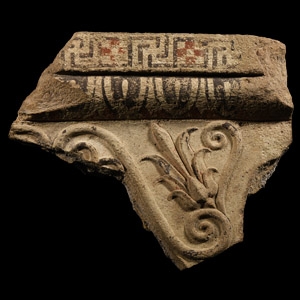
.jpg)


.jpg)
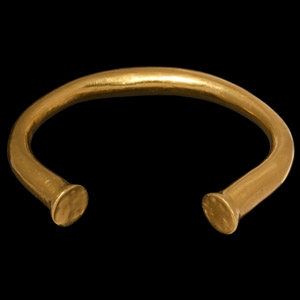
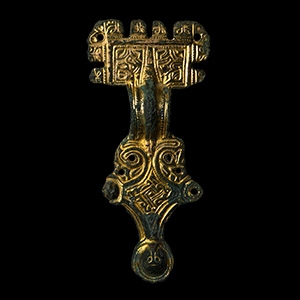

.jpg)
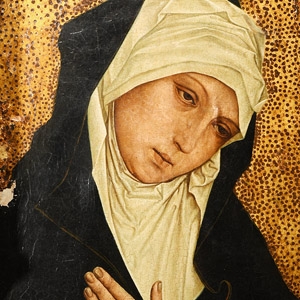

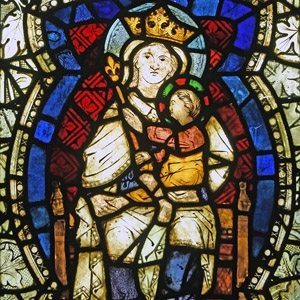
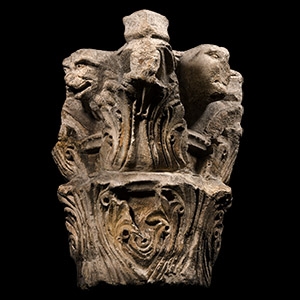
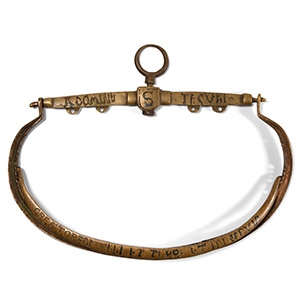
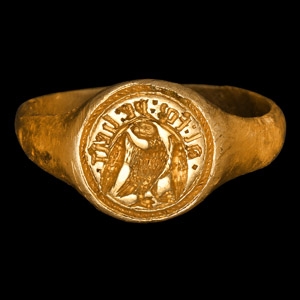
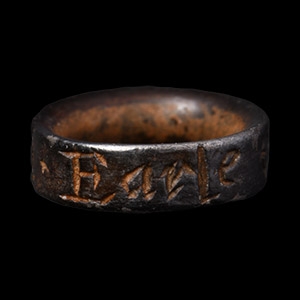
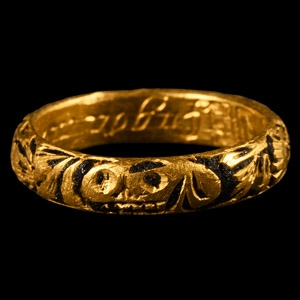
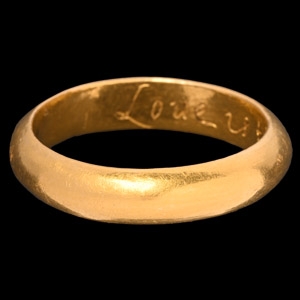
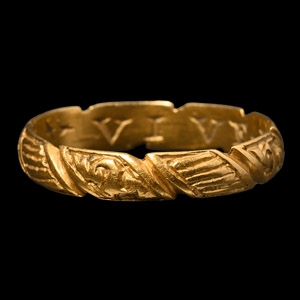
![English Milled Coins - George VI - 1937 - Cased RM Proof Coronation Gold Set [4] English Milled Coins - George VI - 1937 - Cased RM Proof Coronation Gold Set [4]](https://timelineauctions.com/upload/images/items/small/203351-s(2).jpg)
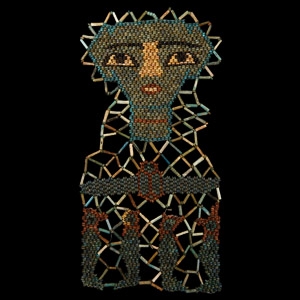
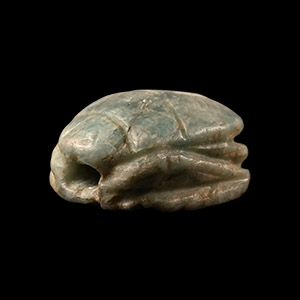
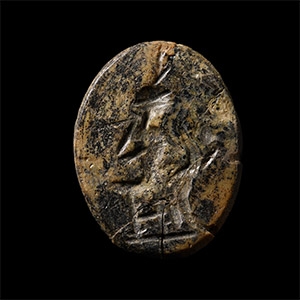
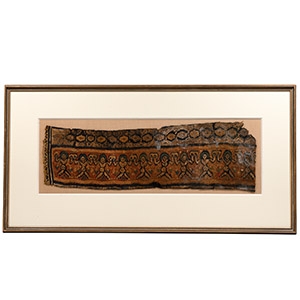
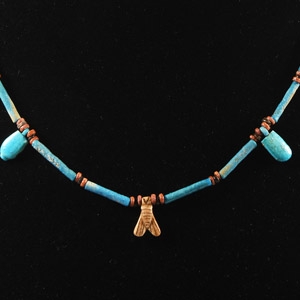
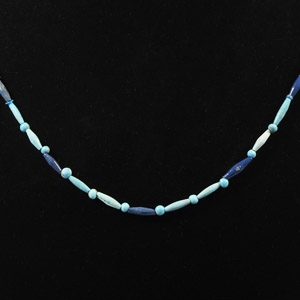
.jpg)


.jpg)
.jpg)




